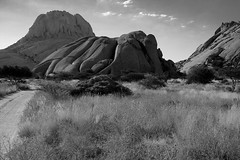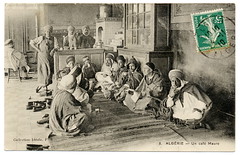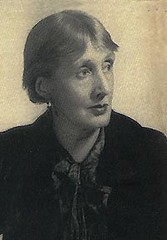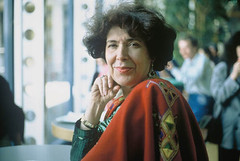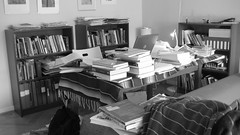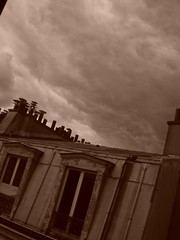I’ve been reading my friend Margaret Paxson’s book, Solovyovo: The Story of Memory in a Russian Village. Paxson, an anthropologist, watched, interviewed and listened to the villagers of Solovyovo for many months to learn how they related to each other, to their land and to the past.
Yesterday, shortly before going to a dinner party with some other writers, I read a section on currency, debt and exchange.
In a village where people grow their own vegetables, raise animals, keep bees, produce their own alcohol, fetch their own water, and build their own houses, it’s fair to ask what the value of money is. In Solovyovo, one needs money to buy things like grain, heating fuel, radios, televisions, but cash is not the primary, purest or most “comfortable” form of currency. Rather than pay one another in rubles, Solovyovo’s villagers prefer to exchange meat for vodka, honey for cheese, or milk for a few hours of help in the potato field. Debts are settled through deeds and other goods. Money, as much as possible, doesn’t enter the calculation.
So, with my friend’s description of this alternate economy in mind, I set off to my writers’ dinner party.
Over food and wine, shared our stories: we told what had brought us to writing, how we organized our workdays, and we outlined the decisions each of us had made to create room for writing in our lives. Finally, toward the end of the evening, the talk turned to finances and the concept of work. The discussion was sparked by the description of one author as a “working mother,” when she practiced no profession other than writing. Was this a fair description of a woman who writes and raises kids, but who may not earn a whole heck of a lot?
Several questions arose for me as a result of that discussion: Is writing only “real” or “valuable” or even “work” if it pays the rent? Should an author’s work conditions be taken into consideration before we judge a piece of writing? Does it matter, in other words, whether a writer’s life is tough or cushy? (Tolstoy was rich; Kafka was relatively poor. Should we care?) Is the sum of one’s life’s work measured only in dollars, or is there another currency we can use?
What can the villagers of Solovyovo teach us in this regard?
[Photo: napugal]



